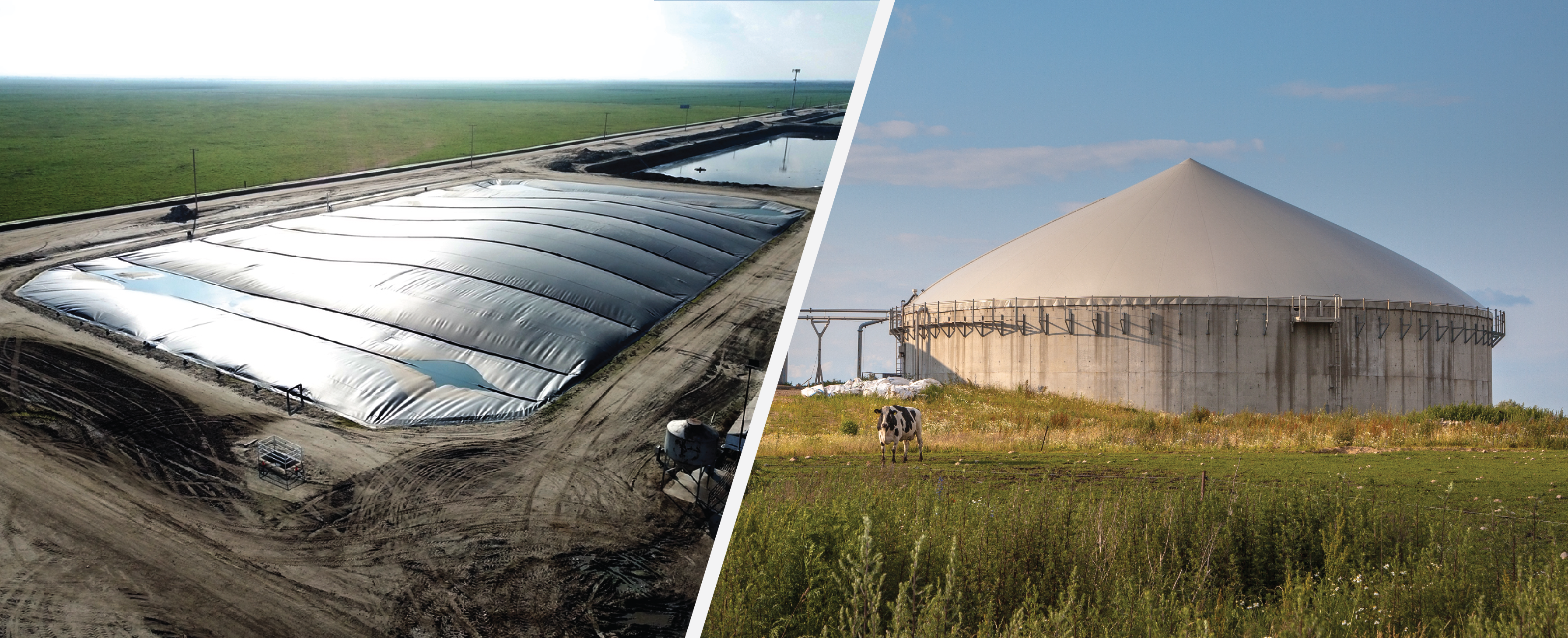 Jan 04, 2021
Jan 04, 2021
Jan 04, 2021
ferrosorp
A biodigester is a special container where organic waste, from both humans and animals, is fermented to produce fertilizer and biogas. It is like a mechanical stomach or a much larger version of a cow’s stomach. A biodigester can be made from plastic, metal, or concrete depending on the application and is an anaerobic environment […]
Read More
 Dec 08, 2020
Dec 08, 2020
Dec 08, 2020
ferrosorp
Well, H2S has a pungent rotten egg smell when it is released into the atmosphere. Unfortunately, tons of H2S is produced by petroleum and natural gas refining, coke ovens, food processing, biofuel generation, and wastewater treatment. WHAT IS SO BAD ABOUT H2S? Aside from its unpleasant scent, you will want to steer clear of H2S […]
Read More
 Nov 30, 2020
Nov 30, 2020
Nov 30, 2020
ferrosorp
The combination of Interra Global’s custom-engineered vacuum adsorption vessels and FerroSorp H2S removal media has proven to be a highly effective solution. As reported by current customers, here are the top five reasons to install Interra Global’s H2S removal system today: The VAVs (Vacuum Adsorption Vessels) have heavy-duty rollers, making it extremely easy to relocate […]
Read More
 Nov 18, 2020
Nov 18, 2020
Nov 18, 2020
ferrosorp, resources
H2S is the chemical formula for the compound, hydrogen sulfide. It is made up of two hydrogen atoms and a single sulfur atom. It is a colorless, flammable, and extremely hazardous gas that has a pungent rotten-egg smell. H2S is produced by the bacterial breakdown of organic materials, as well as animal and human waste. […]
Read More
 Nov 18, 2020
Nov 18, 2020
Nov 18, 2020
resources
Biofuel is a renewable energy resource produced from organic matter and waste, materials collectively known as biomass. Compared to other options, biofuel is eco-friendly and more renewable (Biofuels explained – EIA). Ethanol and biogas are just two types of biofuel, but there are many more in use today. ETHANOL Ethanol is produced via the process […]
Read More
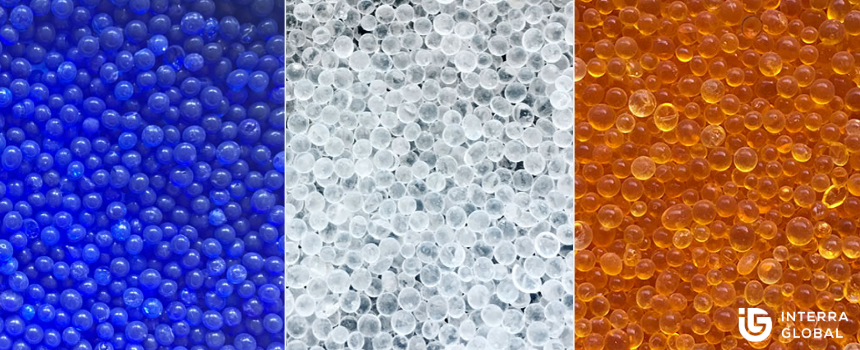 Jun 12, 2020
Jun 12, 2020
Jun 12, 2020
resources, silica gel
Silica gel is a solid form of silicon dioxide, or SiO2, and it is actually more granular and hard than it is a gel. Silica gel is specifically synthesized to be highly porous, which is what gives it its adsorbing capabilities. Additionally, SiO2 is a polar compound, which allows it to preferentially adsorb other polar […]
Read More
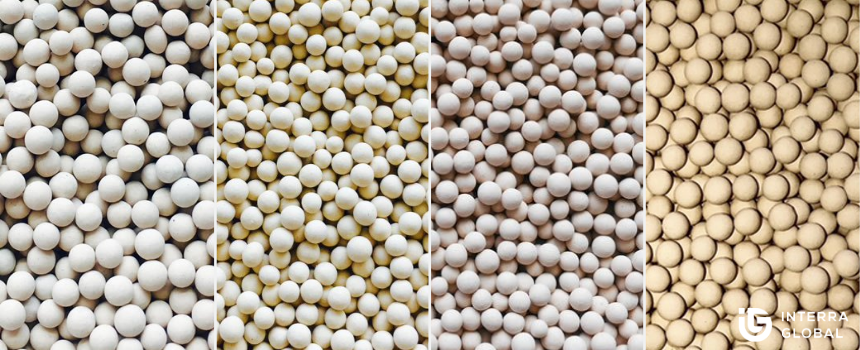 May 15, 2020
May 15, 2020
May 15, 2020
molecular sieve, resources
What is Molecular Sieve? Molecular sieves are synthetic zeolite materials engineered with pores of precise and uniform structure and size. This allows them to preferentially adsorb gases and liquids based on molecular size and polarity. Zeolites are naturally existing, highly porous crystalline solids, belonging to the class of chemicals known as aluminosilicates. There are four […]
Read More
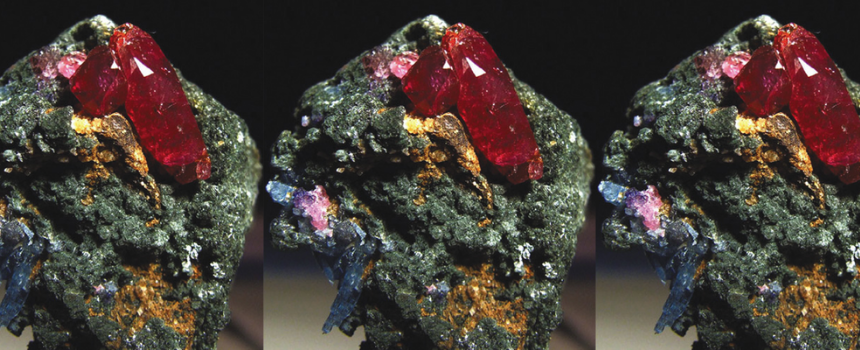 Apr 12, 2020
Apr 12, 2020
Apr 12, 2020
activated alumina, resources
Activated alumina, like most commercial desiccant material, is not harmful to people or the environment. Activated alumina is a porous solid made of aluminum oxide, or Al2O3. Though non-toxic, aluminum oxide is mildly irritating to skin and eyes with too much exposure. Please, do not eat. Fun Fact: The crystalline form of Al2O3 is attributed […]
Read More
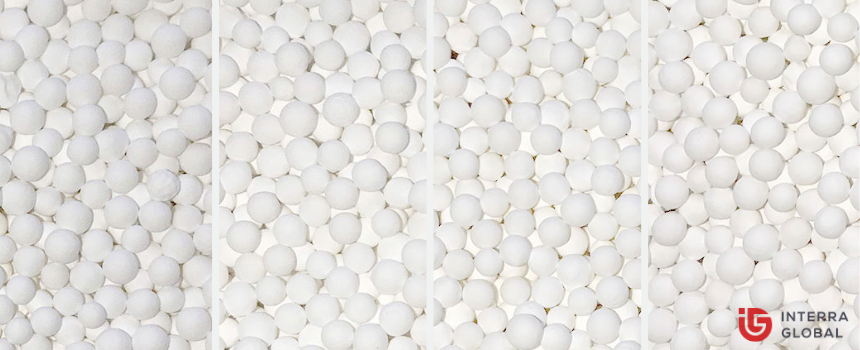 Mar 18, 2020
Mar 18, 2020
Mar 18, 2020
activated alumina, resources
Activated alumina is a porous, solid form of aluminum oxide, otherwise known as Al2O3 or alumina. This is the same mineral that makes up the precious gems ruby and sapphire, with impurities being the source of the stones’ bright colors. After activated alumina has been evacuated of existing moisture by heating it, the high surface […]
Read More
 Mar 02, 2018
Mar 02, 2018
Mar 02, 2018
particle-size-conversion-table (PDF Download)
Read More










